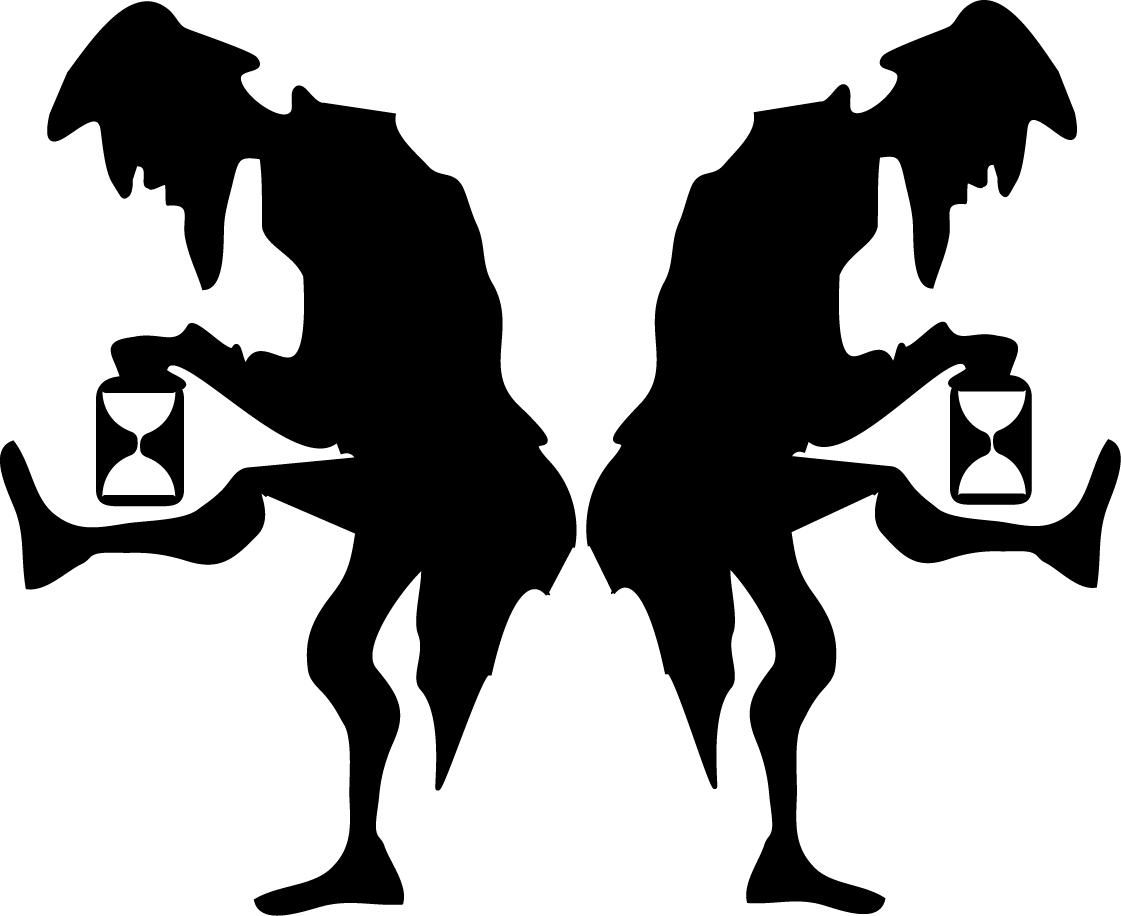A Heartfelt History On Why We Celebrate Valentine’s Day
Immerse yourself in the rich tapestry of Valentine’s Day, a celebration that transcends time and cultures. This day, marked every year on February 14th, is a testament to the universal human experience of love and affection. From its roots in ancient Rome to its transformation under Christianity, and its evolution into a modern global celebration, Valentine’s Day carries a fascinating history. The tradition of love locks, a symbol of unbreakable bonds and enduring commitment, adds a unique depth to this celebration. As we unravel the story of Valentine’s Day, we discover not just a history of a holiday, but a journey of love itself, reflected in the customs and symbols that have stood the test of time.
The Roman Roots Valentine’s Day has its roots in the ancient Roman festival of Lupercalia, a spring celebration held from February 13th to 15th. This festival was not just a welcome to spring, but also involved unique rituals such as fertility rites and a lottery system that paired men and women.
The Christian Conversion As Christianity spread, there was a conscious effort to replace pagan festivals with Christian holidays. Around 496 AD, This ultimate loving Pope Gelasius I declared February 14th as St. Valentine’s Day. This day was chosen to honor the Christian martyr(s) named Valentine. Interestingly, there were at least three early Christian saints by this name, each with a unique tale of martyrdom.
The Love Connection The association of Valentine’s Day with romance and love emerged in the Middle Ages. In France and England, it was believed that birds began their mating season on February 14th. This belief contributed to the idea of Valentine’s Day being a day for romance.
Modern Celebrations Today, Valentine’s Day is celebrated globally. It’s a day when people express their love through flowers, confectionery, and greeting cards known as “valentines”. It’s a celebration of love in all its forms and demographics, no matter who you are.
The Symbol of the Lock in Love and Valentine’s Day The lock, often associated with love and Valentine’s Day, holds a deep and romantic meaning. Love locks, typically padlocks engraved with the names of couples and a significant date, are a beautiful expression of love and a symbol of enduring commitment.
This tradition of love locks originated from a Serbian World War I romance and gained modern popularity due to its depiction in the 2006 Italian novel-turned-film “Ho Voglia di Te” by Federico Moccia. Couples place these locks on fences, bridges, or other meaningful landmarks, symbolizing an unbreakable bond between them.
In some instances, the lock and key are used as complementary symbols in couple tattoos, representing balance and harmony in the relationship. The lock signifies security, permanence, and the concept that the couple’s love is locked and secure. This tradition adds another layer of depth to the celebration of love on Valentine’s Day.
From the ancient Roman festival of Lupercalia to the modern tradition of exchanging ‘valentines’, the celebration of love on February 14th has evolved significantly over the centuries. The symbol of the lock, representing an unbreakable bond and lifelong commitment, adds a unique depth to this celebration. As we continue to celebrate Valentine’s Day, these symbols and traditions remind us of the enduring power of love and the human desire to connect and commit. So, whether you’re celebrating with a special someone, friends, or family, remember the rich history behind this day and make it your own. Happy Valentine’s Day!
As we reflect on the journey of Valentine’s Day, from its ancient Roman origins to its modern global celebration, we are reminded of the timeless and universal nature of love. The traditions and symbols that have evolved over the centuries, such as the romantic love locks, serve as poignant reminders of our shared human desire to connect, commit, and celebrate love in all its forms. Whether you’re spending the day with a special someone, friends, or family, Valentine’s Day offers a moment to pause, appreciate, and express our love. As we continue to write our own stories of love, let’s carry forward the rich history and enduring spirit of Valentine’s Day. Happy Valentine’s Day to all!
Join the Discussion What are your thoughts on the history of Valentine’s Day? Do you have any special traditions for celebrating this day of love? Share your thoughts and join the discussion!#ValentinesDay #Love #History #Romance #Celebration #Traditions #February14 #StValentine #Lupercalia #Christianity #MiddleAges #ModernCelebrations #JoinTheDiscussion #ShareYourThoughts #DayOfLove

